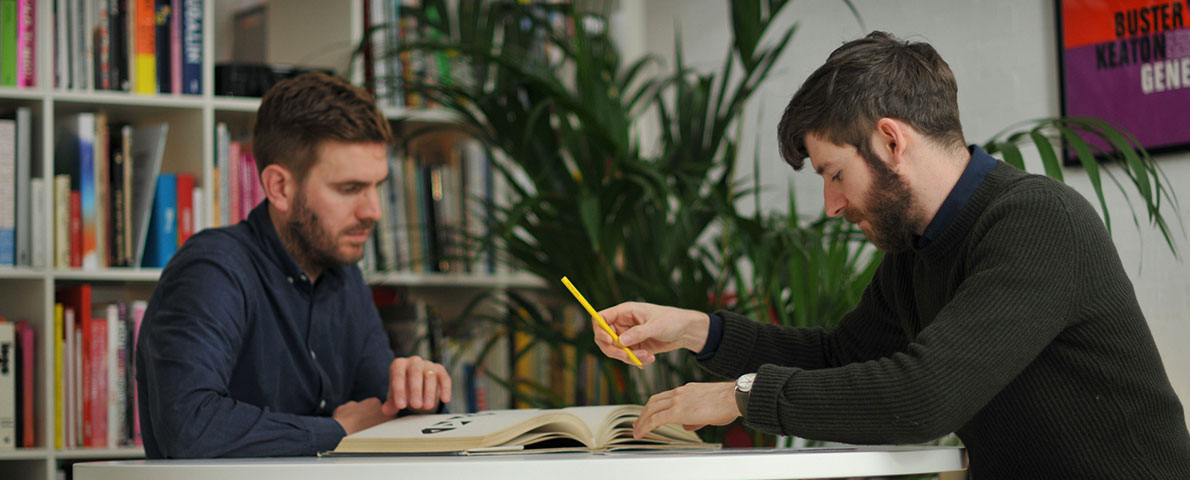How to turn your design studio dream into reality
Move your great idea from 'bar talk' to an actual business.

Nick Hard and Jeff Knowles left their jobs and set up their own creative design studio, Planning Unit, in February 2011. Here, Knowles shares his experience and offers advice for setting up your own creative business...
Looking back now, we'd probably been thinking about setting up a design studio together for a good year. One thing we realise now is that it's hard to get beyond an idea simply being 'bar talk'. It is a big decision, but if you're already talking about it in the pub, it probably means you're ready to do it. So why wait? What's the worst that can happen? (See Computer Arts for more on how to run a thriving design studio).
01. Choose a strong studio name
The age-old problem of deciding a name for the studio was an easy one. Planning Unit was a renowned graphic design studio in the '60s and '70s and was owned by Nick's grandfather. So as the old Planning Unit was part of Nick's family history, it was an easy decision to re-establish the name. It also gave the studio a background and a story, which helps.
02. Hit the ground running
Getting as much set up in the beginning as possible helped us make a smooth start to our new venture. Things like setting up a business bank account, finding a good accountant, registering the company, setting up domain names, email addresses, and so on, can take longer than you think, so get them done in one go. Once you get caught up in work, it will be harder to find the time.
03. Keep starting costs low
In terms of equipment, get the bare essentials. There is always that temptation to buy lots of nice equipment and furniture, but try to keep that money in the bank at this early stage.
In the beginning, we managed to keeps costs down by working in a shed at the bottom of Nick's garden – we fondly called this the Shedio 2.0 (half shed, half studio, 2.0 as we actually had two different sheds)!

04. Learn to woo clients
Our experience from our former jobs at Research Studios (RS) really helped in going out on our own. RS had quite a flat hierarchy, with no account handlers or project managers, so from the beginning, we were responsible for our projects and had direct contact with clients. As time went on, we learned how to manage projects, deal with client expectations, give presentations and write proposals. This really helped in setting up Planning Unit.
Daily design news, reviews, how-tos and more, as picked by the editors.
05. Get over your unease with fees
One thing that took a while to get used to, however, was sending out cost estimates for projects. We'd never actually dealt with this before, and, funny as it sounds, had to pluck up courage to send them. We've got over it now, but estimating is still a minefield. Sometimes you wish clients would simply tell you their budget so you can work backwards!
06. Pitch for work
For the first few years, we were quite lucky – most of the work came to us. It wasn't until we had a quiet patch that we realised we had to keep getting the brand out there and do 'new business'. Sometimes it's a catch 22: when you're busy, there's no time for new business, and then you get quiet, and you realise you should've been on top of it.
07. Market your studio online
One thing that takes a particularly long time is getting the studio website together – photographing work, writing text and trying out layouts. Our site took two weeks to design, but it was a year before we got enough content to launch it.
Updating it takes time, but it has to be done, so we have learnt not to get frustrated. With experience, it all gets easier. All in all, preparation is key, but don't hold back or you'll never do it. If you've been thinking about making the leap for some time, perhaps now's the time.
This article originally appeared in Computer Arts issue 266; buy it here!
Related articles:
